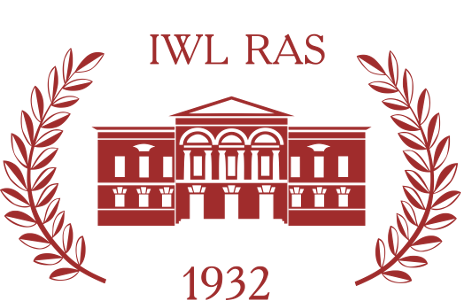About the author:
Ol’ga V. Slivitskaya, DSc in Philology, Professor, Saint Petersburg State University of Culture, Dvortsovaia quai, 2, 191186 St. Petersburg, Russia.
ORCID ID: https://orcid.org/0000-0002-5109-855X
E-mail:
Abstract:
This paper considers the role of descriptions of external appearance in the depiction of the inner world of Bunin’s heroes. The place occupied by descriptions of external appearance in Bunin’s world has frequently attracted the attention of critics and scholars, but their function still requires precise definition. The question is examined here through a comparison with Leo Tolstoy’s use of psychological analysis. Although Bunin’s orientation as an artist was Tolstoyan, the latter’s “dialectics of the soul” were alien to him. Whereas in Tolstoy’s works the depiction of the external world provides an impulse for clarifying the hero’s inner state, in Bunin’s works it leads a more independent existence and is called upon to reveal the world of the senses in all its wealth and fullness. The reality Bunin creates introduces the reader to a state of “enhanced life”. Once he attains it, the reader’s consciousness expands until he understands the fictional hero’s spiritual life so well that he has no need for it to be analyzed or for the author to explain it. All that is required to achieve this is a “fractal”, i.e. a fragment that encapsulates the X of the whole text. The author’s analysis draws on Bunin’s short stories “Dawn All Night” and “Late Hour”, his long story “Mitya’s Love” and his book “The Life of Arseniev”.


